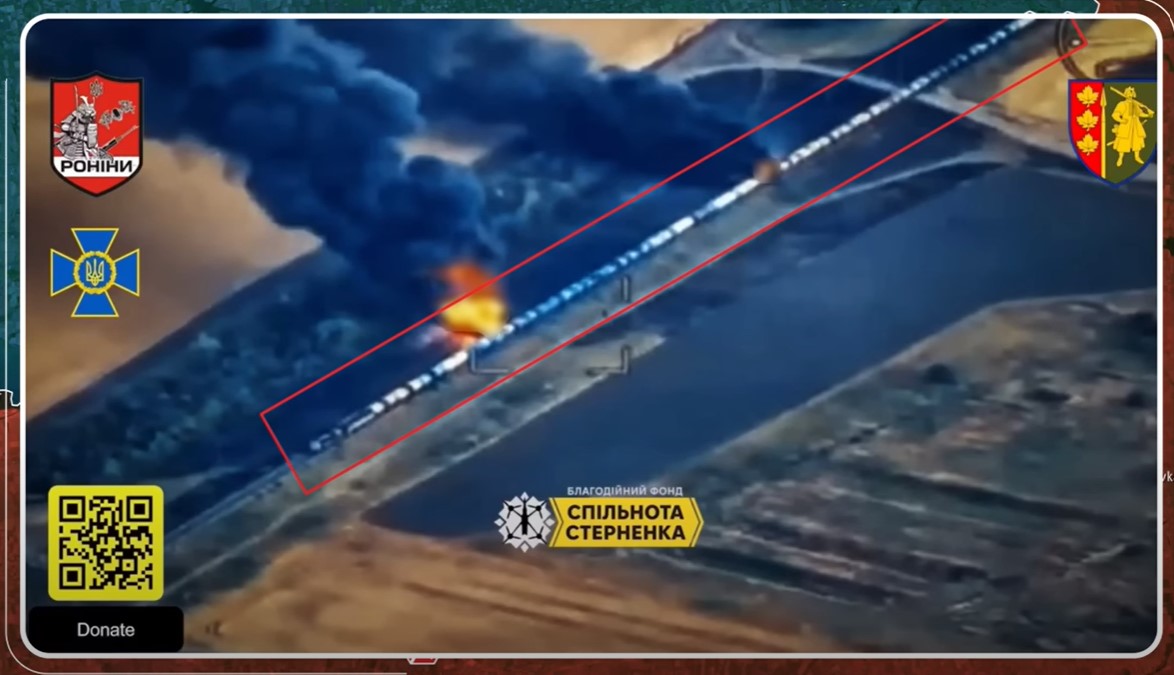Today, there is a lot of news from the Zaporizhzhia direction. Here, as Russian forces quietly amass troops for a renewed offensive in Zaporizhzhia, Ukraine has already begun dismantling the operation before it can even begin.
Through a relentless campaign of targeted airstrikes, Ukrainian forces are systematically striking the backbone of Russia’s preparations, crippling their logistics, command centers, and drone operations.
Russian forces are actively redeploying substantial numbers of troops toward Zaporizhzhia, signaling preparations for renewed assaults in this previously calm sector. One visually confirmed instance, documented by Ukrainian analysts, captured a convoy of about 15 trucks, indicating approximately 250 to 300 soldiers being relocated. However, this recorded event likely represents only a fraction of the overall troop movements.
Given that not all convoys are detected, it’s reasonable to assume Russia has shifted several thousand troops in total, aiming to reignite significant offensive operations. Their objectives are clear: to capture the settlements of Orikhiv and Huliaipole.
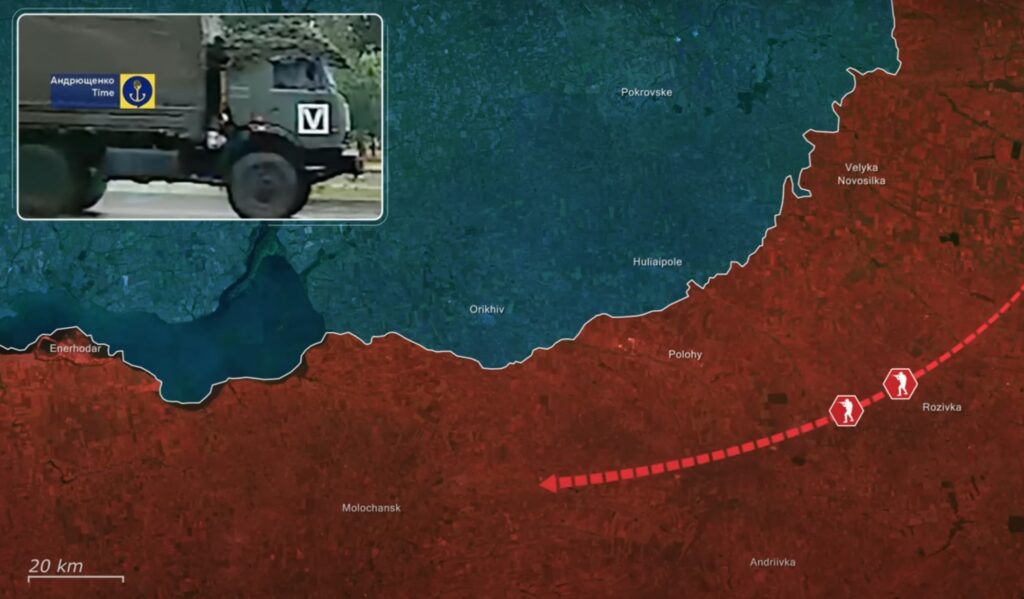
Strategic goals: Orikhiv and Huliaipole
Securing Orikhiv would push the frontline close enough to Zaporizhzhia city to threaten it with artillery and long-range FPV drones with fiber-optic guidance. This could potentially expose the major urban center of 700,000 residents to constant bombardment, severely disrupting logistics and civilian life.
Capturing Huliaipole, on the other hand, would provide Russia with a stable operational base, facilitating a northern push toward Dnipropetrovsk Oblast and creating another axis of pressure.
Nevertheless, despite these tactical ambitions, any larger Russian aspiration of taking Zaporizhzhia city remains extremely unrealistic. Capturing such a densely populated and fortified city would require hundreds of thousands of troops, as they would face multiple entrenched Ukrainian defense lines just to reach it.
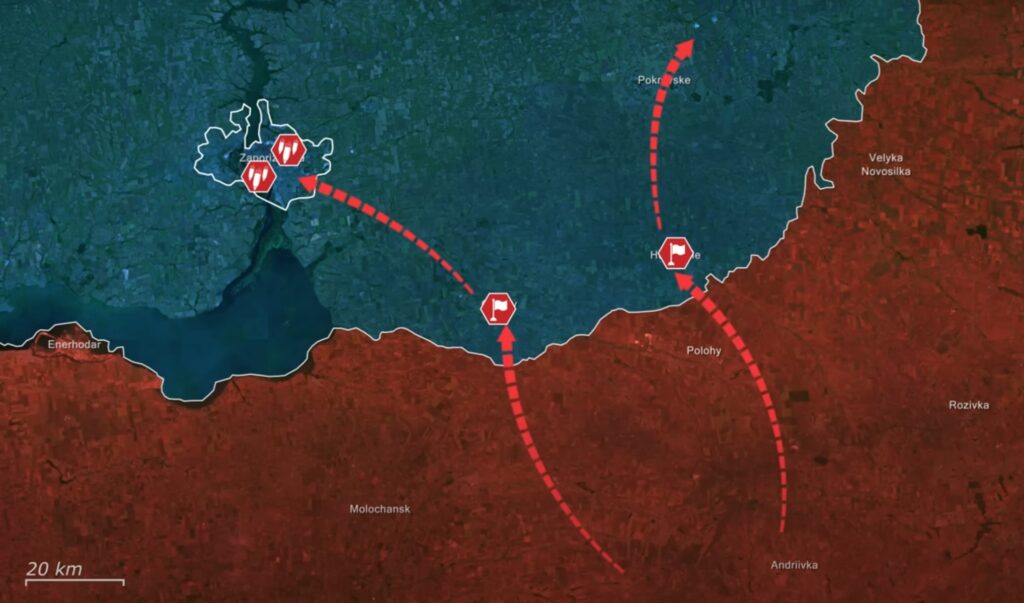
Ukraine’s preemptive air campaign
Aware of Russia’s intent, Ukraine is proactively launching comprehensive air operations aimed at dismantling Russian preparations. Ukrainian forces are systematically targeting critical Russian command posts, ammunition storages, drone control centers, and troop concentrations, aiming to cripple logistical and operational capabilities ahead of a potential offensive.
First in these efforts is Ukraine’s strategic targeting of Russian railway logistics, the backbone of Russia’s military operations. Near Tokmak, Ukrainian FPV drones disrupted Russian rail logistics in two significant incidents.
Initially, a drone strike disabled a train in Tokmak’s industrial zone, temporarily crippling vital enemy transport links. Another precision attack between Tokmak and Molochansk began by halting a Russian train with an FPV drone; additional drones then struck fuel tanks, causing a massive fire that eliminated essential fuel reserves destined for frontline units.
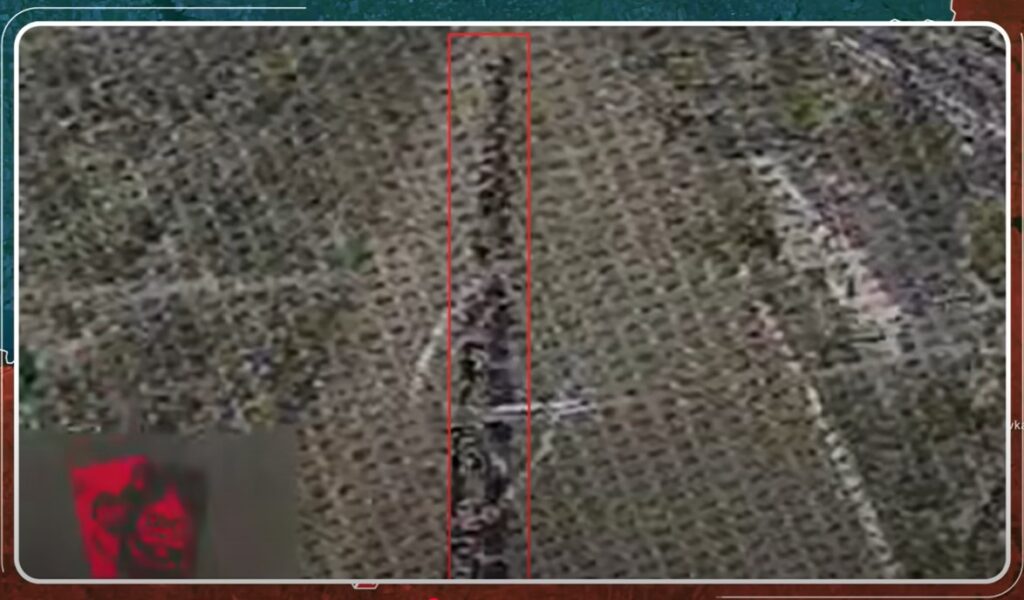
Strikes on command, drone, and supply hubs
Ukrainian airstrikes also target Russian command infrastructure. MiG-29 fighter jets conducted pinpoint attacks using GBU 62 JDAM ER guided bombs against multiple battalion-level Russian command posts, even striking two separate ones in a single day. Another strike in Nesteryanka village obliterated a command building, disrupting local coordination.
Further air operations neutralized enemy drone hubs. Ukrainian aircraft used French-supplied AASM-250 HAMMER bombs to destroy drone control centers and eliminate operators sheltering in dugouts.
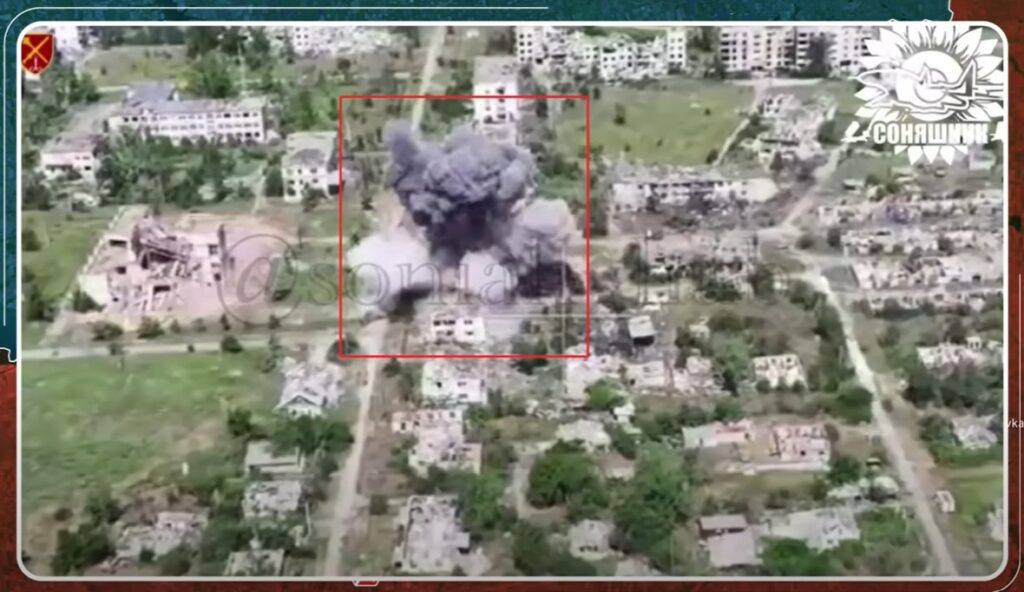
Ukraine also targets ammunition and fuel depots. Near Novozlatopil village, a strike involving two bombs destroyed an entire hangar filled with ammo, fuel, and drone operators. Similarly, near Shyroke village, another HAMMER-guided munition annihilated a depot, reportedly killing several Russian personnel.
Ukrainian air power is especially active because Zaporizhzhia is far from Russian mainland airspace. Strikes on Russian air defenses locally and in Crimea have degraded enemy coverage, creating a safer environment for Ukrainian aircraft to operate effectively.

Conclusion: Disrupting the offensive before it starts
Overall, Ukraine’s strategy is clear and proactive. Ukrainian intelligence monitors Russian movements, understanding the importance of weakening enemy capabilities early, before they grow strong enough for a major assault.
By taking advantage of favorable operational conditions, Ukraine launches methodical air strikes to impair Russia’s preparations. These actions aim not only to blunt immediate offensives, but also to impose lasting attrition—denying Russia the critical mass needed to seize the initiative in the Zaporizhzhia sector.
In our regular frontline report, we pair up with the military blogger Reporting from Ukraine to keep you informed about what is happening on the battlefield in the Russo-Ukrainian war.
.




